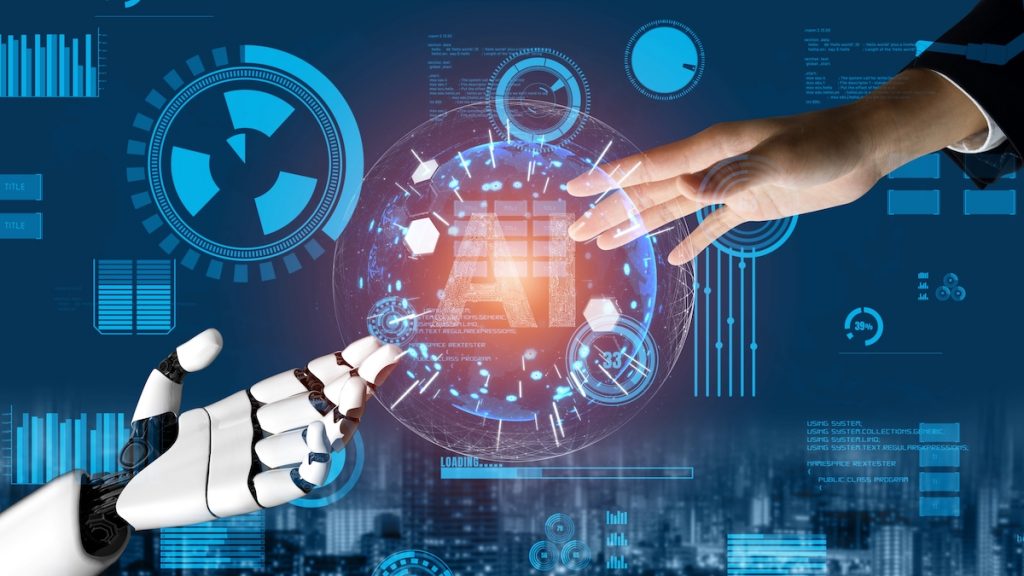IoT and Logistics: How IoT and AI are transforming logistics?
Logistics is difficult because it is hard to keep track of everything. Although most logistics and transportation service providers use mobile technology, changes in regulatory environments, rising labor costs, increased traffic, and volatile fuel prices can impact operations. Companies are also faced with an increasing demand for transparency from the market. With machine learning (ML), and data-driven supply chains that are intelligent and data-driven, the latest developments in AI/IoT are changing logistics. AI can improve logistics efficiency while allowing businesses to respond quickly and flexibly to customer needs and industry trends.
Real-time tracking and remote monitoring solutions for smart IoT logistics
AI and IoT have unmatched potential to keep almost everything connected (e.g., assets, trucks, etc.) through embedded sensors and gateway connectivity. This allows for unprecedented visibility into operations, personnel, equipment, and transactions. Companies can connect all their assets to a central cloud network if they have the right intelligent AI solution. Machine learning models can help analyze critical data and ensure smooth operations. Due to improved asset tracking and remote fleet management, logistics operations will be more efficient and compliant. It is possible to locate and monitor key assets to improve logistics in smart cities, prevent quality problems, maintain inventory levels, and optimize logistics once an IoT-enabled infrastructure has been created and deployed.
Users can analyze the collected data to identify patterns and take the correct actions. Fleet managers can monitor and manage all aspects of their fleet through one interface. This allows them to make informed decisions about how goods will be stored, routed, delivered, and tracked. Recent research shows that IoT investments have led to dramatic improvements in efficiency for companies. Companies in logistics and transportation can use embedded sensors, connected devices, and analytics technology to intelligently mine complex asset databases, optimize operations, and create new revenue opportunities. AI-generated predictive analytics is also available to help avoid risk, optimize routes and predict future demand.
Here’s how IoT and AI are transforming logistics.
Remote asset tracking
IoT in asset tracking systems refers to automating processes and adding AI parts to many previously performed workflows. IoT-enabled asset management solutions offer predictive maintenance, top-down visibility, and real-time alerts via IoT sensors. Companies can track asset information using IoT sensors without human intervention. They can be attached to assets with or without traditional asset tags, such as QR codes or barcodes.
Predictive asset maintenance
Predictive maintenance is primarily based on data-driven decisions and real-time monitoring. The spread of wireless connectivity and advances in AI are transforming industries digitally. IoT technology enables sensors to transmit equipment data in real-time, allowing the authorities to predict asset conditions through advanced analytics. Predictive asset maintenance can help organizations reduce downtimes significantly, thereby eliminating the chances of poor machine performance.
Real-time fleet management
IoT technology enhances smart and data-driven insights, where managers can identify loopholes in real time for quick decision-making. IoT promotes real-time monitoring for fleets in the logistics industry. Real-time fleet tracking and delivery management in logistics are significantly advancing with sensor devices and gateways. Vehicle tracking systems that are efficient and accurate have a track record of reducing last-mile delivery costs. Frost & Sullivan reports that improving driving habits alone can help reduce fuel consumption by 25%.
Warehouse-capacity optimization
With the introduction of IoT technology in the logistics sector, transport authorities are finding it more convenient to keep track of the entire supply chain process, including warehouse management. The installed sensors are capable enough to identify the warehouse capacity and alert the managers about the requirements with every specific detail. The technology is advanced enough to allow fleet managers to optimize the warehouse capacity wherever and whenever required with a tap on their devices.
Route optimization
The combination of AI and IoT is a one-of-a-kind duo, enabling route optimization for every user. Every smartphone or smart asset is now launched with a built-in GPS as an added convenience. So, route optimization is one of the main features that simplify supply chain processing during transit. The drivers can easily pick the smallest route to reduce fuel spending and deliver the product early at the same time.
The Internet of Things and artificial intelligence are rapidly taking over transport management. These technologies optimize shipment and make processes more profitable, productive, efficient, and user-friendly. Combining the two advanced technologies makes it efficient for transport businesses to excel through predictive analysis and data-driven insights. This enhances the industry’s potential, covering all aspects and transforming conventional logistics processing into a modernized one. There’s no doubt that IoT and AI are merging as advancements for the transportation industry, allowing businesses to stand out amongst competitors.
